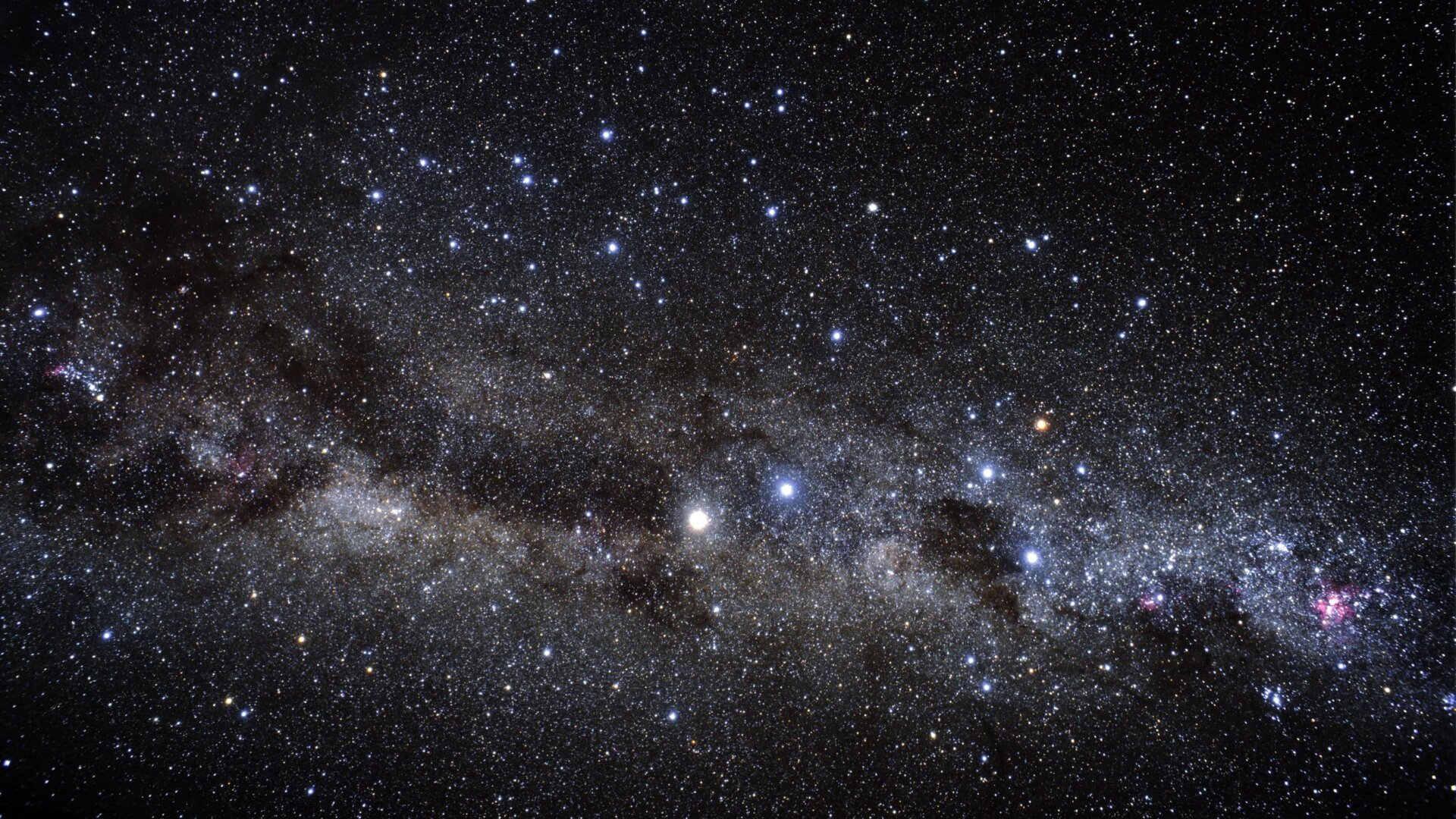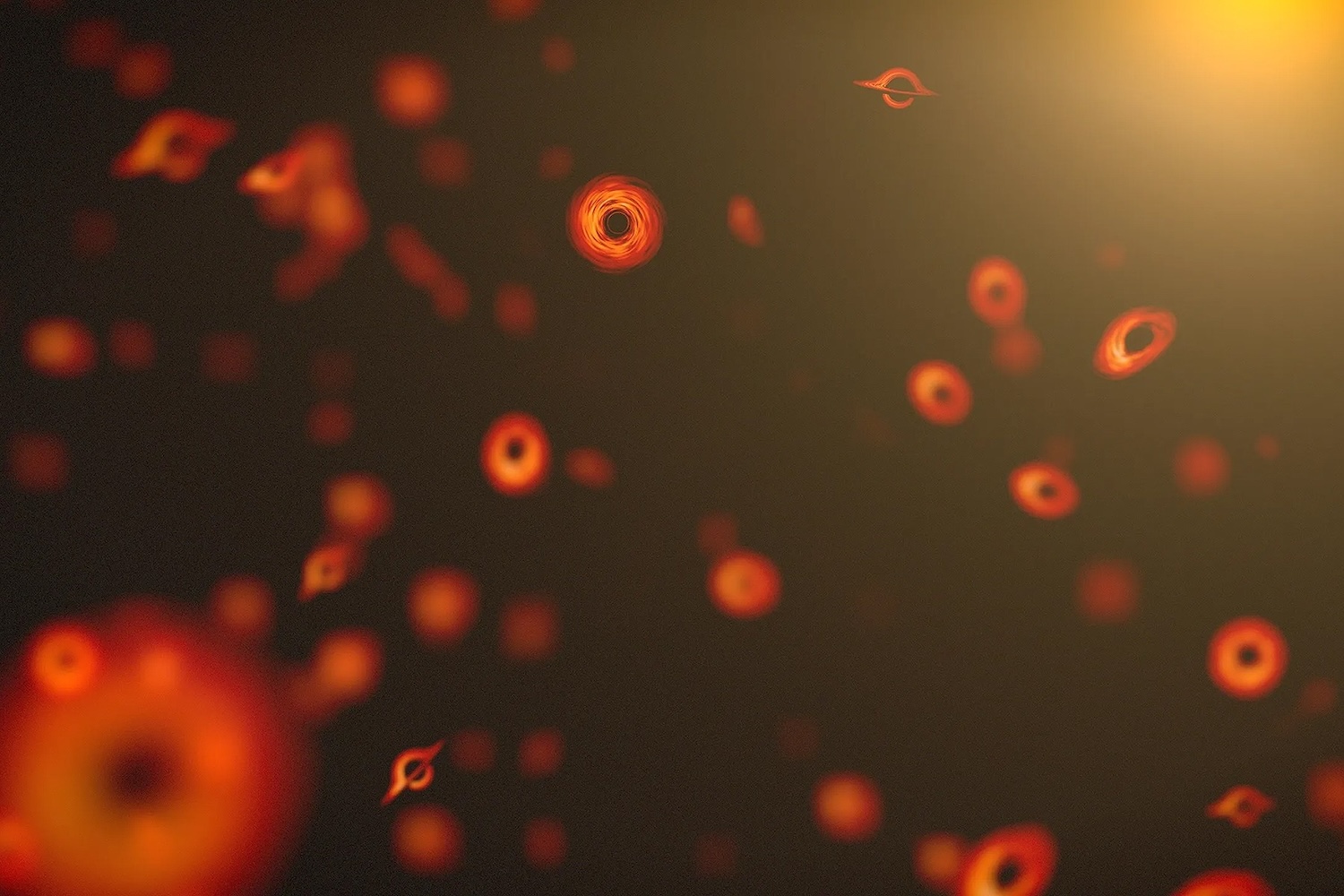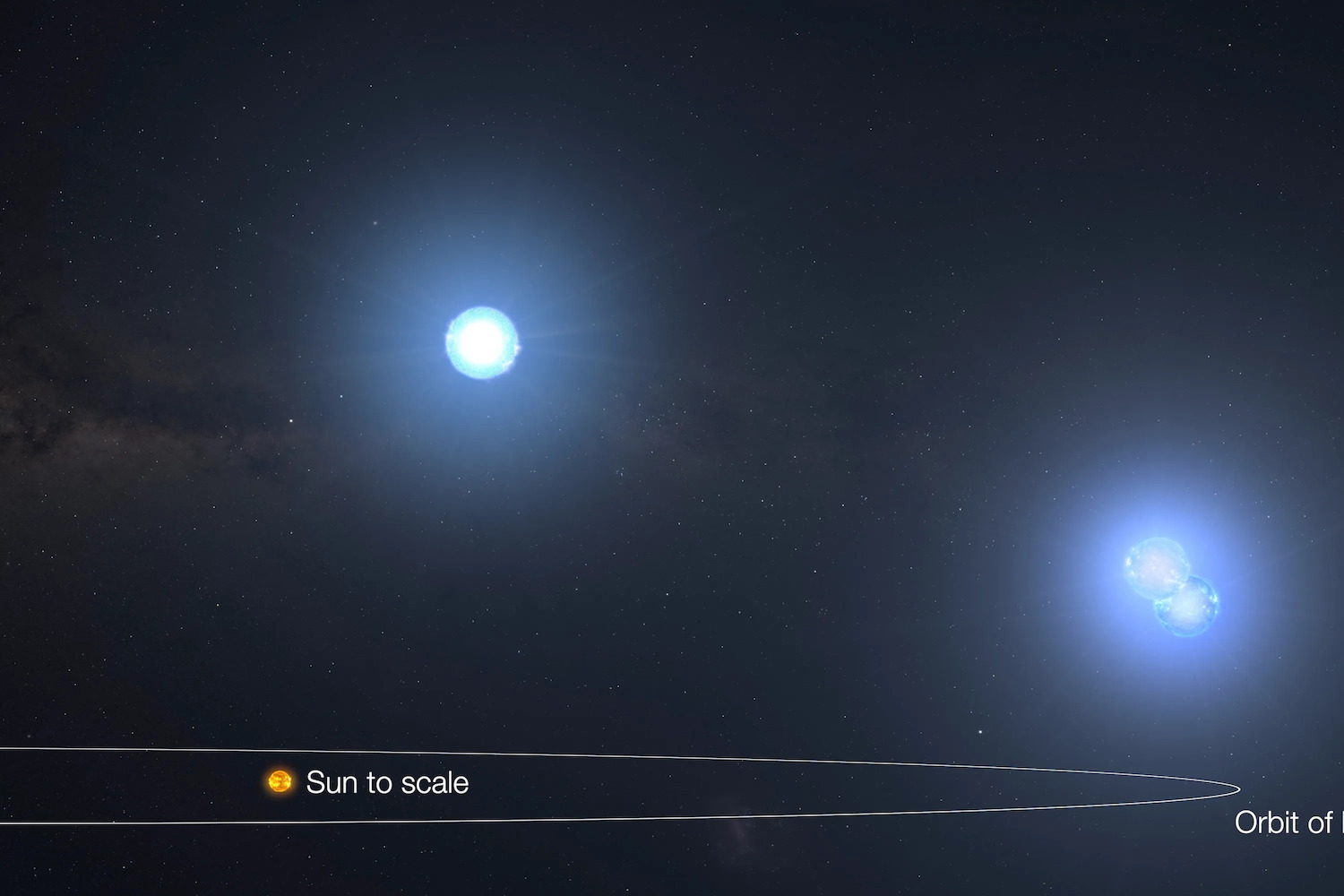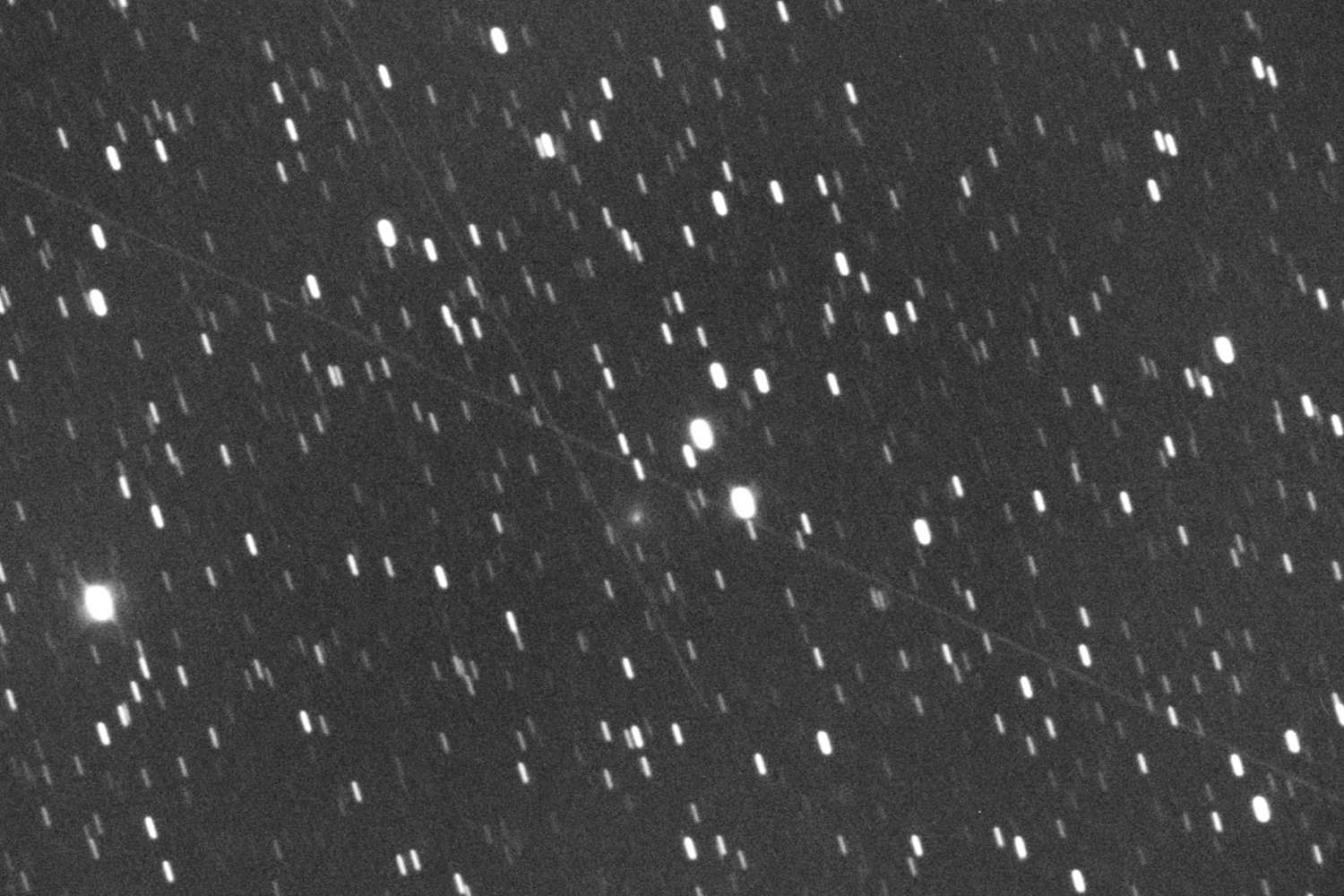It’s conceivable that extraterrestrial intelligences are using powerful lasers to grab our attention, but we lack the proper tools to notice. A newly deployed system might be exactly what’s needed for us to finally make contact.
Two laser-detecting devices were recently installed on the summit of Haleakalā, also known as East Maui Volcano, according to a University of Hawai’i press release. The devices, mounted on the rooftops of an existing building, will now work in concert with similar devices installed in California, at the Robert Ferguson Observatory in Sonoma. Together, these scanners will scour the Pacific skies in hopes of detecting powerful laser pulses sent by an extraterrestrial civilization.
Unlike traditional SETI, which seeks to detect alien radio transmissions, optical SETI looks for signs of artificially created light. It makes sense that advanced aliens would want to use lasers for the purpose of communication, as messages transmitted over light have “a fundamental advantage over radio in that it can, in principle, convey far more bits per second—typically a half-million times as many,” according to the SETI Institute, which runs the LaserSETI program. Aliens could use lasers to communicate across interstellar distances, whether to off-world colonies or fledgling civilizations seeking to make first contact.
The newly installed system, a collaboration between the SETI Institute and the University of Hawaiʻi Institute for Astronomy (IfA), can now monitor more sky than before.
“UH has had a long involvement in astrobiology to explore the possibility of life elsewhere—both through research related to formation of habitable worlds, discovery of exoplanets, and the development of new innovative mirror and telescope technology to detect planets,” Karen Meech, a professor of astronomy at IfA, said in the press release. “It is exciting to add a new direction to this investigation by searching for technological signatures.”
Previous efforts to detect alien lasers have relied on photomultiplier tubes, which essentially act as one-pixel cameras. Only a small amount of space has been examined as a result, and optical SETI has so far failed to find laser-spewing aliens.
The new system is different, as it works under the assumption that alien flashes will be monochromatic—an “intrinsic characteristic of lasers,” according to the press release; stars emit a full spectrum from blue to red, but lasers only appear as a single wavelength. This meant that the new LaserSETI devices could be built from relatively slow, two-dimensional solid-state sensors like those found in commercial video cameras.
Each device is equipped with two identical cameras, rotated 90 degrees to one another along the viewing axis. A splitter divides the incoming light into spectra, which the camera records at a rapid rate. The wide-angle commercial lenses used in the LaserSETI devices are capable of imaging around 75 degrees, so only a few are needed to scan the entire night sky. Eliot Gillum, principal investigator for LaserSETI, said it’s “a big step forward in searching for technosignatures,” and that it’s the “first project in either optical or radio astronomy designed to cover the entire sky.”
The LaserSETI devices in Maui point east, while the ones previously installed in California point west, allowing for simultaneous coverage at a distance. This will be important for triangulating sources located outside our solar system and for ruling out local sources like airplanes and satellites.
This laser-detecting system is starting to take shape. In addition to these two bases, 10 more instruments are planned for deployment in Puerto Rico, the Canary Islands, and Chile. That’ll cover much of the Western hemisphere, but the SETI Institute’s ultimate goal for this $5 million program is to cover the entire night sky. If aliens are out there somewhere, with their blinking laser lights, we’ll need to be ready.














